
Review on Intel Core I5 3570K Quad Core Processor Computer Components by Wiktor Fokt ᠌

The quality is at the highest level, be sure to try it.
Specifically, overclocking. Keep in mind that Intel's tick-tock strategy includes Ivy Bridge as the tick in the clock. That is, they took the preexisting design and just shrank it, optimizing some aspects of it along the way. It's only reasonable to anticipate that such a chip will get hotter under similar settings. The technique utilized on Sandy Bridge, where voltage increases could be made gradually without noticeable heat increases, is indeed ineffective. You can get great results with just a good motherboard (like the GIGABYTE GA-Z77X-UD3H; see my technical data at the end for specifics), some memory (at least 1600 MHz native), and a powerful cooler (like the Zalman CNPS9900A) and some regular thermal grease (like KPT-8; see my technical data for specifics). By increasing the voltage to VCore = 1.370V (I believe you can try lowering it a little more), I was able to overclock my 3570K from 3400 to 4900 MHz (49100), resulting in the following core temperatures: in idle - 35 degrees, and with a constant many hours of full load (calculation of molecular speakers in Gromacs) - two cores of 69 degrees, two of 73 degrees. Job security is exceptional. An additional nuance is that, despite running hotter than their Sandy Bridge counterparts, these CPUs are more resilient to overheating. The consensus among international overclocking communities is that CPUs can easily handle temperatures of up to 85 degrees Celsius and voltages of up to 1.4 V while operating at 100 percent load 24 hours a day, seven days a week (the official limit recommended by Intel is 1.5, but not for 24/7). My preferences (on the mentioned motherboard) are as follows: general bus power mode eXm perf; multiplier 49; VCore voltage 1.370; XMP memory profile enabled; Extreme acceleration; Intel TurboBoost turned off. Have a good time.
- Quick, cutting-edge, and (relatively) low-cost CPU. With the unlocked multiplier (3570K), the stone achieves optimal acceleration (see comment). Using a 22 nm manufacturing technique puts you in the vanguard of technological development. Even though my needs don't go beyond watching FullHD video and doing some basic 3D modeling, the built-in excellent video core is more than capable of handling those tasks and more. Overclocking success and stability have improved from Sandy Bridge, at least in the opinion of our international colleagues.
- When comparing overclocked processors to their Sandy Bridge equivalents, there are some *features* (not "shortcomings") worth noting. Again, if you listen to the comrades on international forums, the structure of the heat-removing layers isn't ideal, which affects cooling efficiency (albeit remaking the cover puts less strain on the processor and can yield gains of up to ten degrees). While not really a flaw, I did notice that my copy's first and fourth cores consistently run 5-6 degrees cooler than the second and third. I first blamed a sloppy application of thermal paste, but after starting over, the problem persisted. In my opinion, this is par for the course given the state of the art in processor fabrication.
New products
Comments (0)
Top products in 🧰 Computer Internal Components
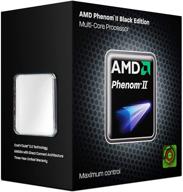
AMD Phenom II X4 940 💻 Black Edition 3.0GHz AM2+ Processor - Retail

96 Review
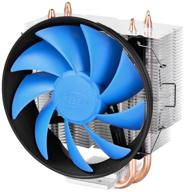
Deepcool GAMMAXX 300 CPU cooler, silver/black/blue

166 Review
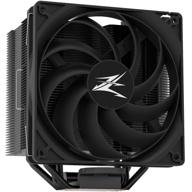
Zalman Performa Performance Powerful Included

172 Review
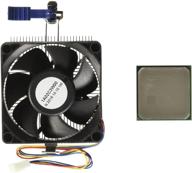
💪 AMD FD6300WMHKBOX FX-6300 Black Edition: 6-Core Processor with Unparalleled Performance

134 Review
Another interesting products
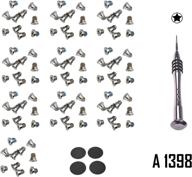
🔧 Premium Repair Replacement Screws & Tools for MacBook Pro Retina 15"/13" - Complete Bottom Case Set

10 Review
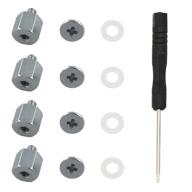
M.2 Screw Kit: Easy Mounting for NVMe SSDs on ASUS Motherboards

19 Review
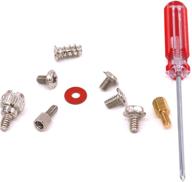
Glarks 660 Pieces Phillips Assortment Motherboard

10 Review
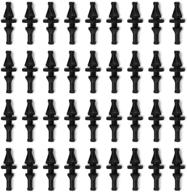
36-Pack Black Rubber PC CPU/Case Fan Screws/Rivets Set for Computer

11 Review

